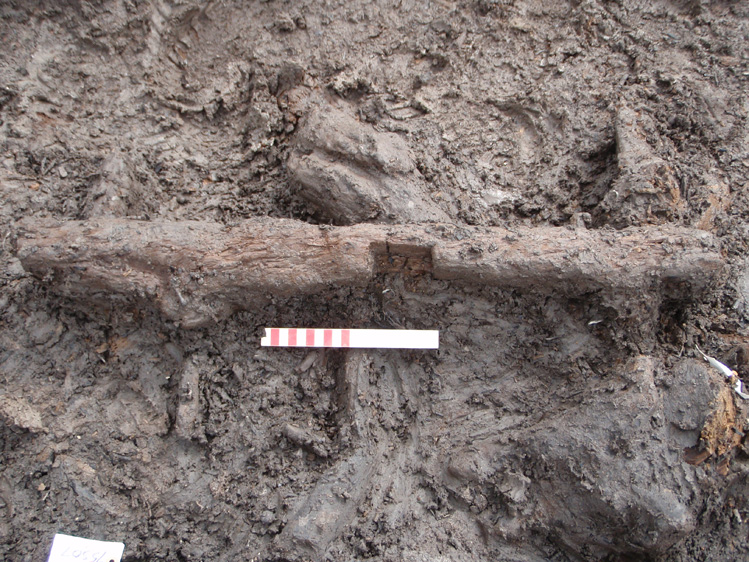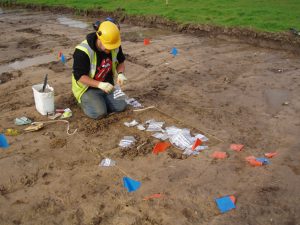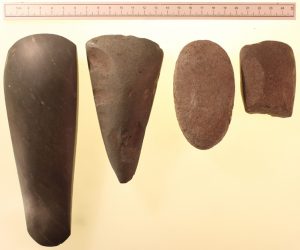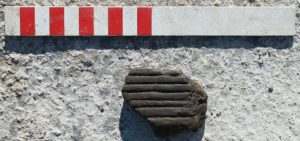Material retrieved from the palaeochannel at Stainton West provides evidence for how wood was worked with stone tools, which can differ from the methods associated with the use of metal ones. Coppicing is an ancient technique of husbanding wood to provide poles of suitable thickness for use as hafts for tools or for use in construction which was already well established in the Neolithic period.

Techniques, at Stainton West, used to remove coppice stems, sometimes used for the manufacture of stakes, included a combination of cutting, tearing, and cross-cutting.
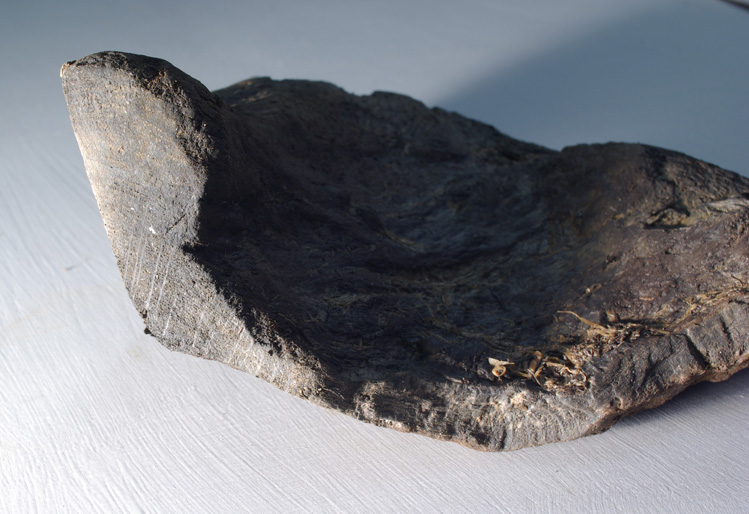
Several chunks of coppice stool in the assemblage possibly provide evidence of the bowl manufacture. Certain other pieces form debris associated with tree felling, involving a technique where parallel grooves were cut into the trunk, with the wood in between then prised out tangentially. This is the first clear evidence that such a method was used in this country.
